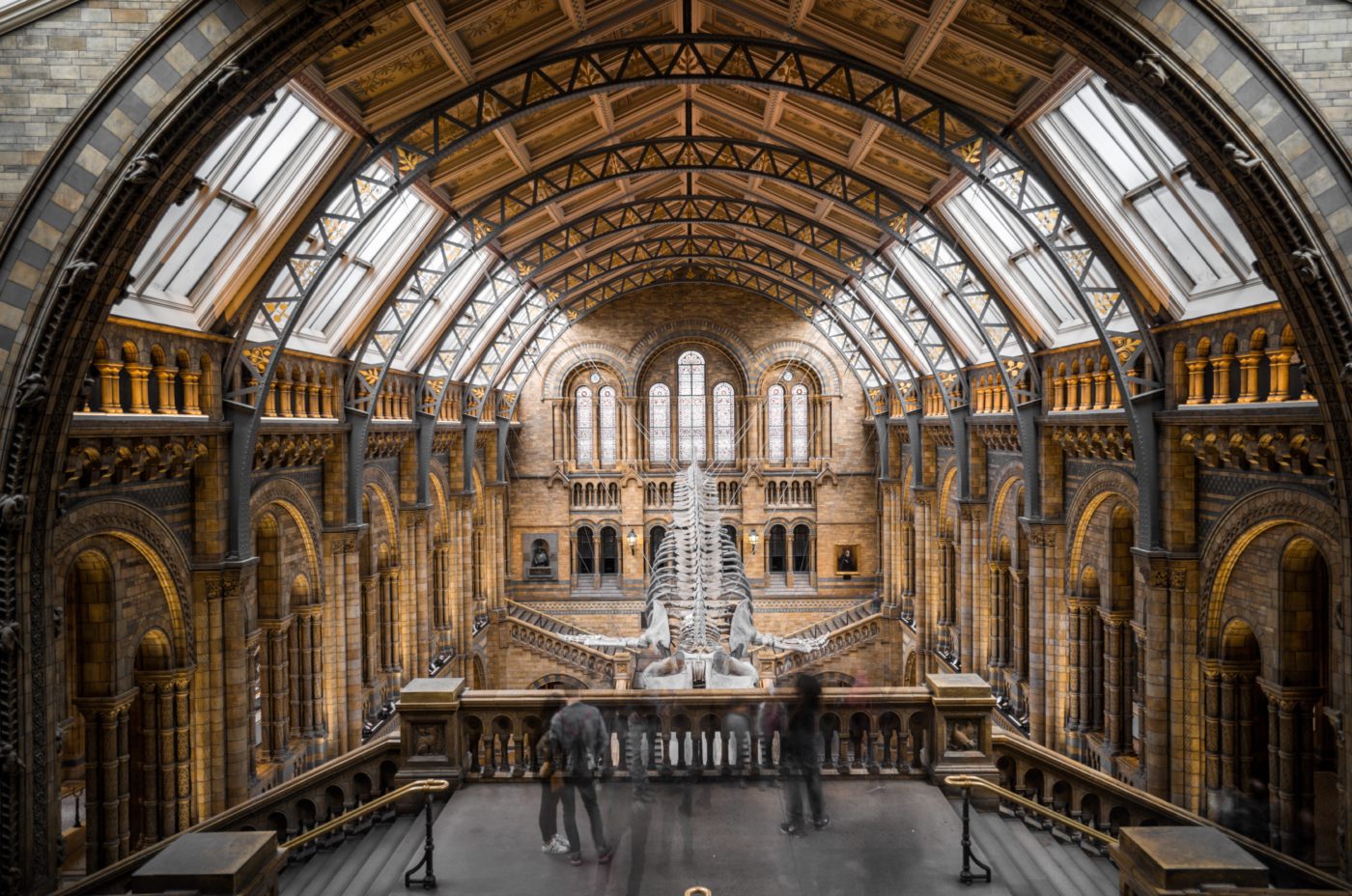
-
Natural History Museum, London. August 1902
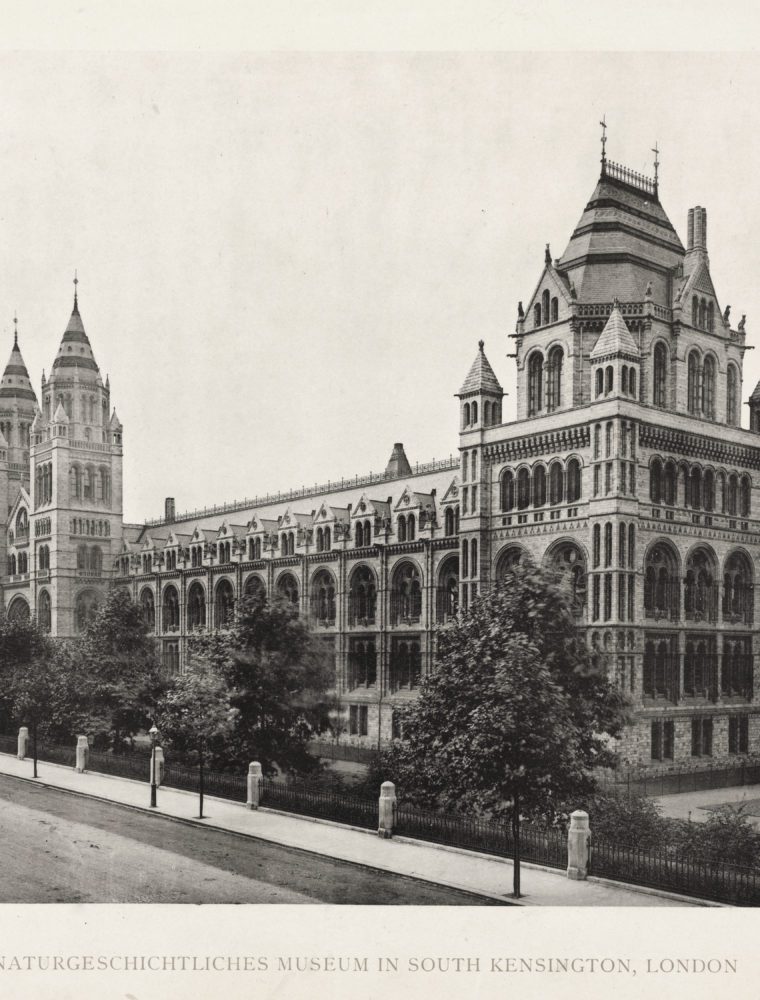
-
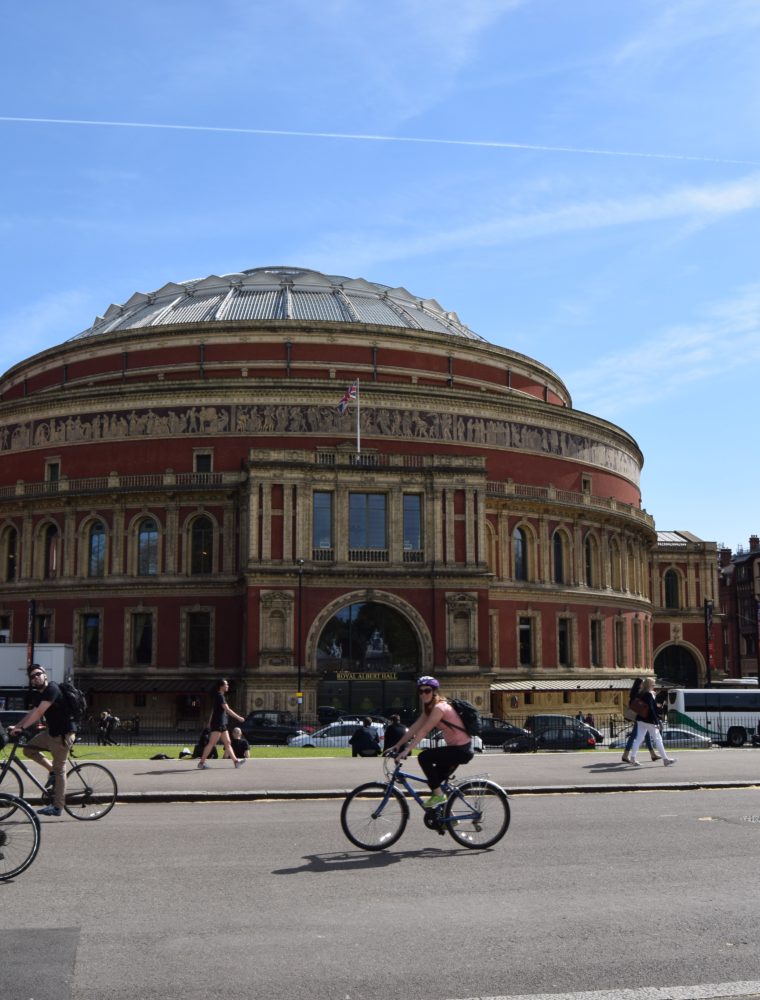
-
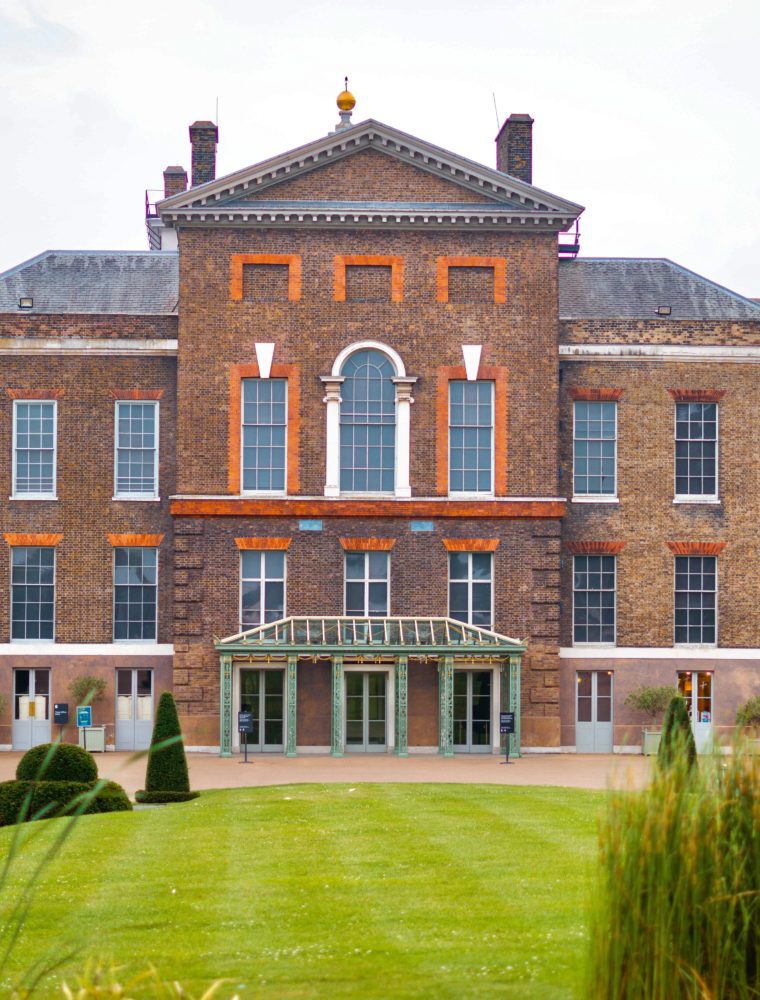
-

-
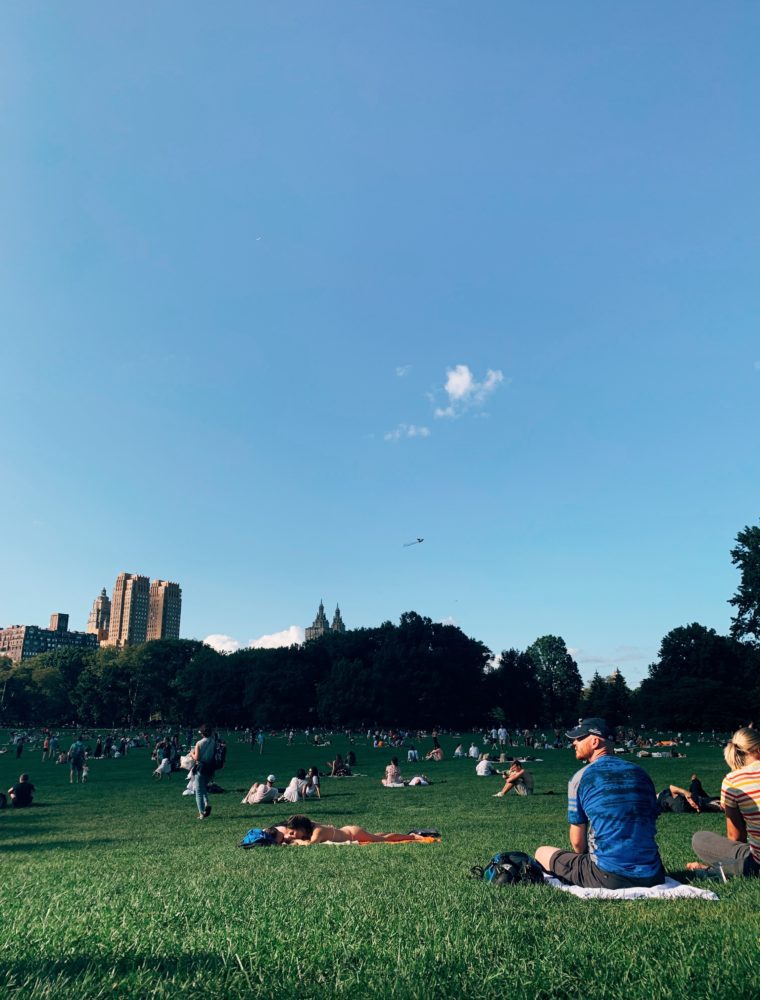
-
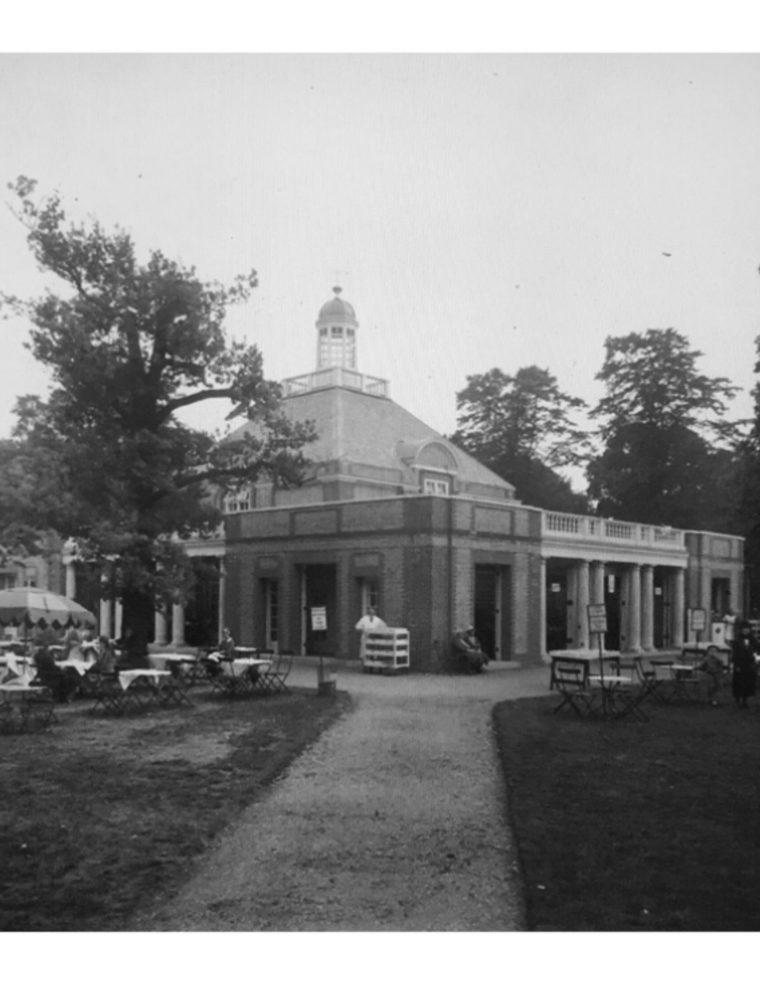
Step back in time as we discover the origins of our neighbourhood.
Our home, SW7 – affectionately known as South Ken – is renowned for being London’s cultural hub. But we love that it was also the location of the first Waterstones bookshop and that the artist Francis Bacon and inventor of the Christmas card, Henry Cole, once lived here.
Join us as we leaf through the pages of South Ken’s history books to discover how our community in southwest London transformed from a rural village into a playground for scientists, celebrities and now residents of The Other House.
Kensington: Royals, Robin Hood and Shakespeare
Over time, ‘Chenesitun’, as it was formerly known, morphed from woodland into a thriving community that maintains its village roots. In the early 11th century, Kensington was a forest populated with game, deer and boar – which explains why a boar is featured on The Royal Borough of Kensington and Chelsea’s coat of arms.
After the Norman Conquest of 1066, Kensington was mentioned in the Domesday Book of 1086 and the Manor of Kensington was built for the de Vere family, as Aubrey de Vere was William the Conqueror’s brother-in-law. It’s thought that Robert de Vere, an outlaw, may have inspired the fictional Robin Hood, while Edward de Vere may have written some plays attributed to Shakespeare.
In the early 1600s the first Earl of Nottingham, Heneage Finch, bought Nottingham House, which later developed into Kensington Palace, the home of King William III and now the Duke and Duchess of Cambridge.
By the 1700s, you’d visit Kensington village for its inns and to pick fruit and buy flowers in shops and markets. Gloucester Road was home to pleasure gardens known as Hogs Moor or Hogmire Lane – hence the name of our fabulous Members Club bar, The Hogsmire.
It’s showtime
In 1851, Prince Albert organised an international celebration of technology and design in Hyde Park. The Great Exhibition of the Works of Industry of All Nations showcased all things modern, from British trains and the first vote-counting machine to an early fax machine. Other countries opted for more sparkling exhibits including 50kg of gold and the world’s largest diamond.
The who’s who of the time lined up to attend, from Charlotte Brontë and George Eliot to Charles Darwin. Enough funds were left over to buy 35 hectares west of what is now Exhibition Road to showcase Britain’s achievements, marking a turning point for South Kensington as the city’s cultural centre.
Finer things in life
With its museums, galleries and schools, art is the heart and soul of our neighbourhood, and it runs through our veins. Shortly after the Great Exhibition of 1851, the Royal College of Art – which Quentin Blake and Barbara Hepworth later studied at – moved to South Kensington, kickstarting a trend for cultural institutions opening in the area. South Kensington Museum – a precursor to the Victoria and Albert Museum – came next in 1857. It was an instant hit thanks to a visit from Queen Victoria, talks by the architect Sir George Gilbert Scott and paintings donated by John Sheepshanks.
The Royal Albert Hall opened in 1871, followed by the Royal College of Music in 1883, whose alumni includes Lord Andrew Lloyd Webber and Leopold Stokowski of Fantasia fame. The Royal Society of Sculptors was founded in the 1900s, while the Serpentine South Gallery opened in 1970 in Hyde Park with a mission to push boundaries and showcase new work. Today it’s known for its pavilion, designed each year by a different architect. The Design Museum relocated to High Street Kensington in 2016. It has temporary exhibitions on the likes of Sir Terence Conran and Amy Winehouse.
The truth about Science
As well as its arts scene, South Kensington is world-renowned for its scientific institutions. The Natural History Museum opened on the site of a garden maintained by the Royal Horticultural Society in 1881. Today you – or your inner child – can listen to a lifesize Tyrannosaurus rex roar, experience an earthquake simulator and discover why we should be eating insects. The Science Museum opened on Museum Lane in 1928. If you’re passionate about the environment, then check out the Antarctic ice core, and learn about sustainable building materials – an issue that’s close to our heart. Originally established as a dinner and debate club, the Royal Geographical Society opened in its current location in 1913 and still hosts regular talks.
French Connection
South Kensington has been a magnet for people from all over the world ever since the Great Exhibition, and these days it’s home to vibrant French, Polish and Muslim communities. The French were drawn to the area after Institut Franҫais was founded in 1910; today you can mingle with locals over a French film in its cinema. Reassured by the institute’s presence, French refugees flocked here during World War I, and the French school Lycée Français Charles de Gaulle de Londres was established in 1915. It’s still open, now on Cromwell Road.
The French bookshop Librairie La Page opened in 1978, and it hosts regular events. Owner Isabelle Lemarchand says, “We play an essential role in the promotion of French culture in South Kensington.” South Kensington is also home to the French consulate on Cromwell Place, so it’s little wonder that the village is nicknamed Paris’s 21st arrondissement.
In Pole position
South Ken is known for its tight-knit Polish community, too. This community can be traced back to the foundation of The Polish Hearth in 1939 on Exhibition Road. Once a club for exiled Polish people, it now hosts theatre and music events. The club’s presence meant Polish refugees settled here during World War II. The Polish Institute and Sikorski Museum was founded in 1945, opening in its current location on Prince’s Gate two years later. Highlights include Felik Topolski’s paintings and the uniform the former Prime Minister Władysław Sikorski was wearing when his plane crashed.
South Kensington has always been a cultural haven, and it continues to welcome international visitors – as do we. Whether you want to explore our royal connections or interact with people from all over the world, stay at The Other House and make South Kensington your neighbourhood.
Image credits: Natural History Museum in 1900, C. Trustees of the Natural History Museum, London. Serpentine Gallery C. Serpentine Galleries.
